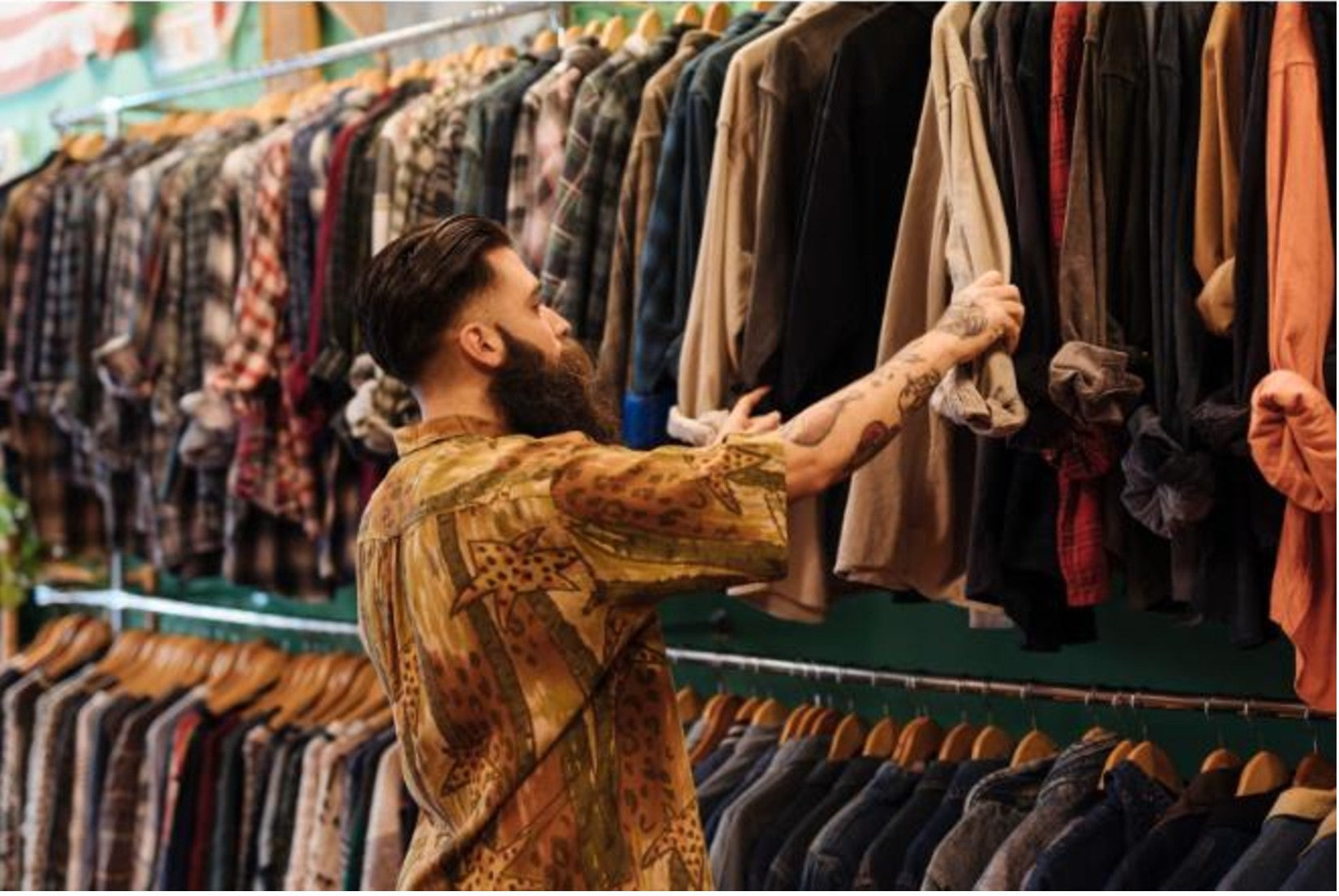Article: Ethical Fashion >> Sustainable Fashion: A guide to being a conscious shopper

Ethical Fashion >> Sustainable Fashion: A guide to being a conscious shopper
The terms ethical and sustainable fashion are often used interchangeably in dialogues about making the fashion industry better, reducing waste, etc. And although on the surface they look and sound the same, both imply different things. Despite this, they are complementary, and one cannot be ethical without being sustainable and vice versa. So let’s dive into the differences between the two.
Ethical Fashion
This line of thought is more concerned with the human aspect and impact of the fashion industry. It looks at how the supply chain impacts garment factory workers and all others employed till the point of sale. This also forms the basis of the argument that says that fast fashion is harmful to the environment as well as the people it employs.
As the name implies, fast fashion has turned the industry’s standard 4 seasons into 52, rotating designs almost every other week and producing in cheap countries to cater to this demand. Cheap countries mean cheap labor and to keep the labor costs competitive, most people are not paid a living wage and are exploited often. They suffer many forms of unfair treatment like:
- Unsafe workplaces
- Exposure to hazardous substances
- Slavery
- Child labor
- Being paid below the minimum wage
Ethical fashion’s basic premise is that the piece of clothing is produced in a healthy environment where the workers are paid a minimum living wage for fair working hours exempt of child labour. But another dimension is added to this when sustainability comes into the picture.
Sustainable Fashion
Sustainable fashion focuses more on the environmental impact of the production rather than the human part of it. It is concerned with whether the piece of clothing is made sustainably, throughout the supply chain. From procurement of the raw material to supply and disposal, the process has to be environmentally friendly and adopted across the company. And while this may sound easy, most companies falter at one step or the other.
Where do they intersect?
We did start off by saying that one without the other is incomplete and now that you’re witness to the difference between the two, let us also tell you that both intersect. Both ethical and sustainable fashion is concerned with at least some part of the human impact. Even sustainable fashion considers the impact that harmful substances and emissions on the quality of human life. But for one moment, ask yourself, would organic cotton really count if it was being made by workers in a dingy workshop in Bangladesh being paid a pittance? You have your answer right there.
No company can be truly ethical without being sustainable as well. The other way around is also true because such labor and working conditions are not sustainable in the long run. They’re harmful to the people and to the environment (since the waste being generated is hardly ever treated). This implies that ethical fashion is not necessarily better or worse than sustainable fashion. They both co-exist in the ecosystem of fashion-for-the-good which is still evolving as research continues.
Having said this, there are a lot of ethical and sustainable clothing brands available, even in India. One such brand is Ethicl. Their clothes are ethical, sustainable and fashionable at the same time. Visit their website to explore the collection or know more.





